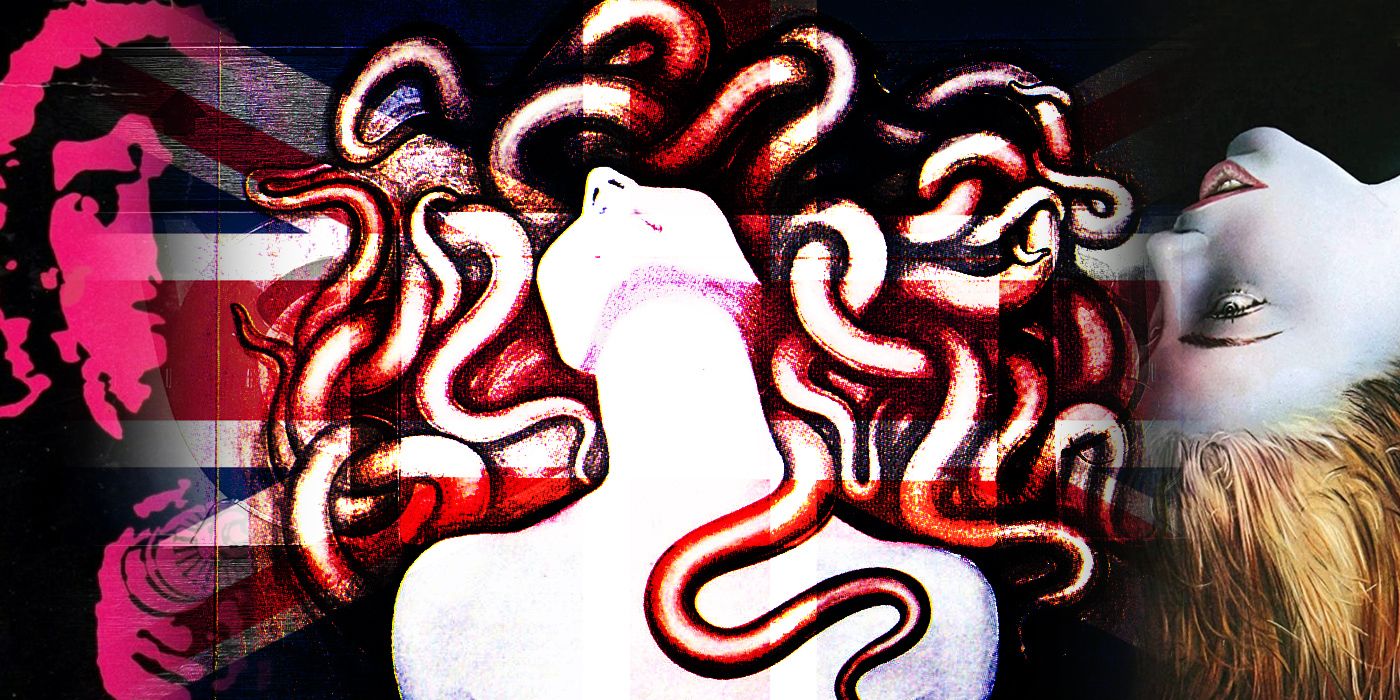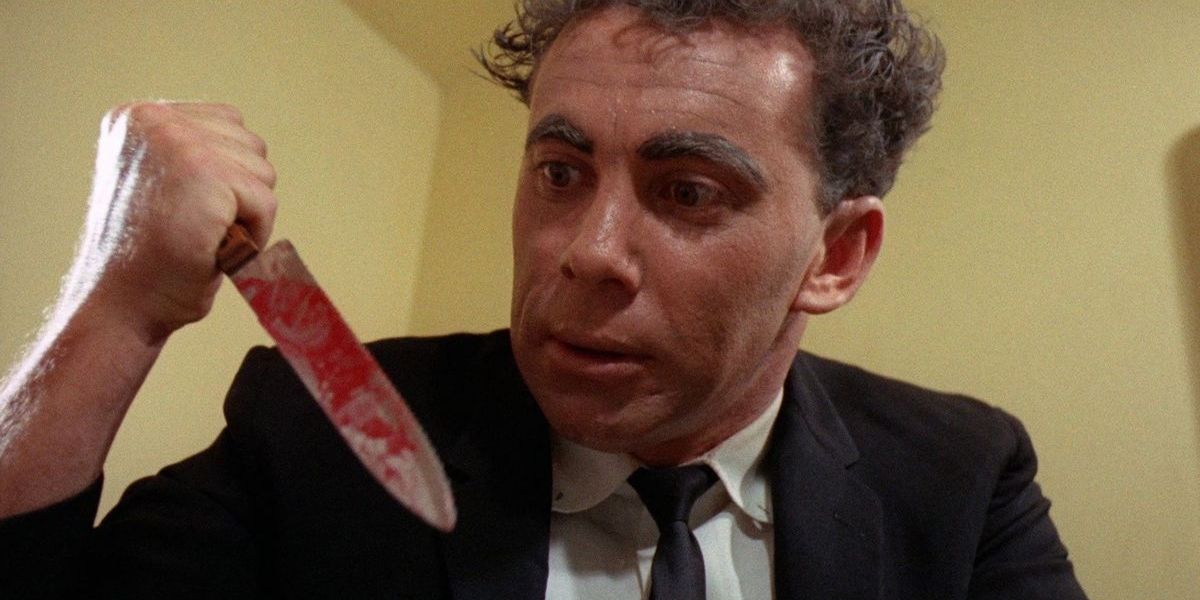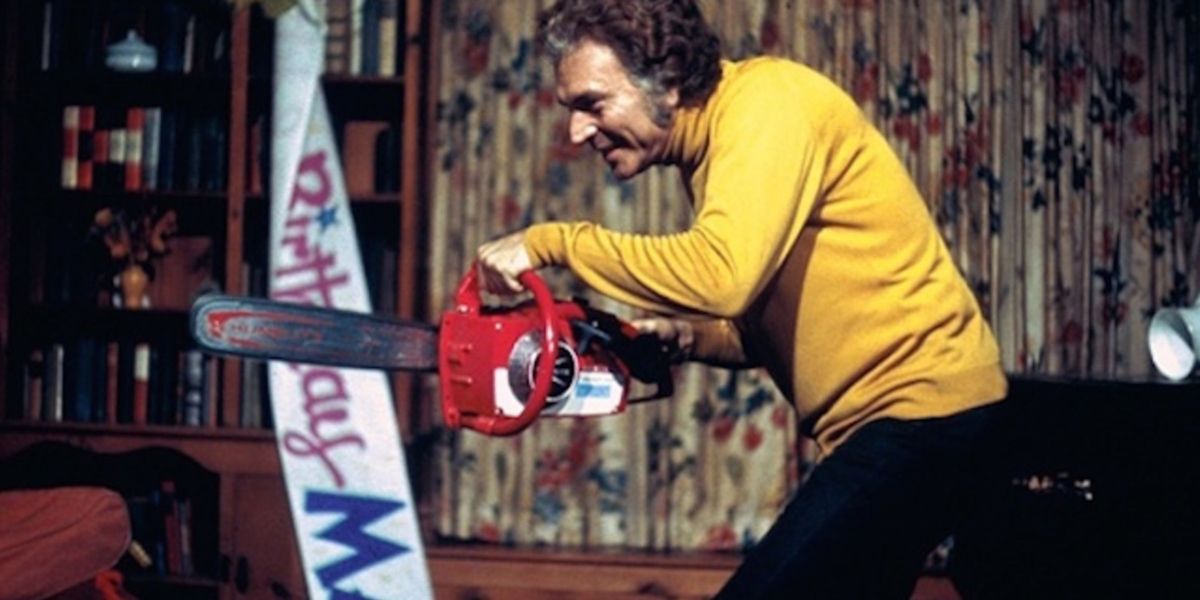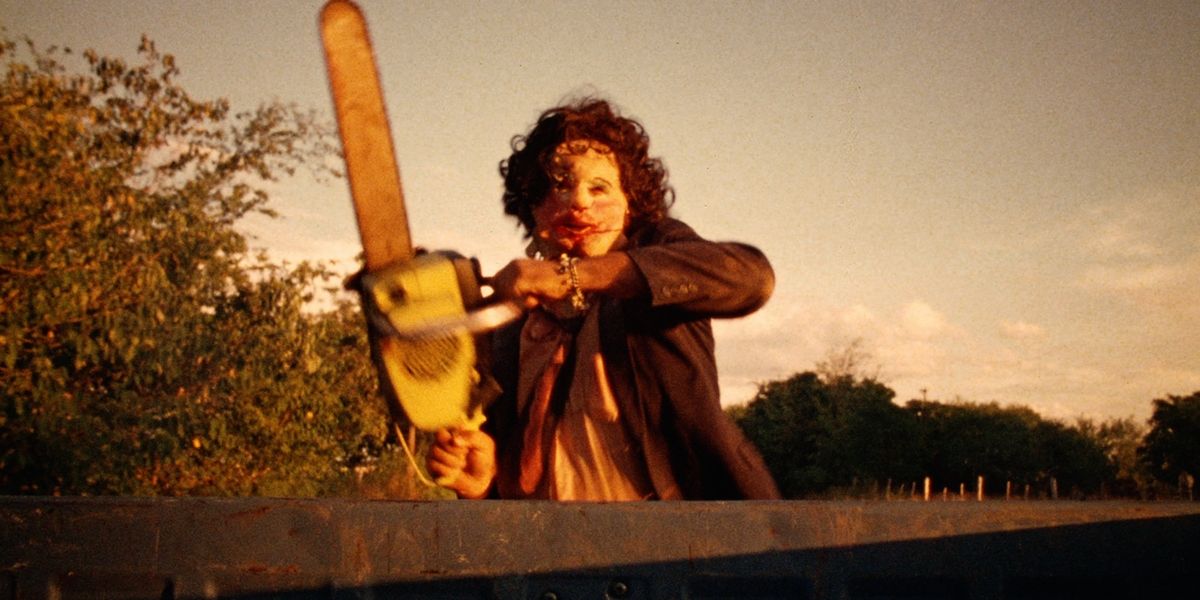The 1980s are often looked back upon fondly by fans of horror cinema for its over-the-top depictions of violence and promiscuity. Although some of the on-screen acts seem tame compared to today's standards, government officials of the Margaret Thatcher era in the United Kingdom took serious issue with it. Throughout the decade and beyond, a collection of 72 films (82 including ten movies that were believed not to be pursuable) in the spaces of low-budget horror and exploitation were legally stigmatized. Due to the relatively unregulated VHS market of the time, many in British media, religious associations, and parental advocacy groups whipped up into a panic. Graphic scenes of sex and violence were easily accessible to the children of the UK, these groups reasoned.
Since films like Blood Feast, The Driller Killer, and Andrzej Zulawski's Possession were unable to be prosecuted by the British Board of Film Classification (BBFC) due to a loophole in the classification code, alternate methods had to be taken. Conservative activist and educator Mary Whitehouse partnered with the UK's National Viewers' and Listeners' Association (NVALA) to prosecute distributors who traded the association’s eponymous “Video Nasties” as they came to be known. Based on the belief that they offended Britain’s Obscene Publications Act of 1959, legislation was pursued in 1984 to mandate that the BBFC should certify films before release.
Due to the Video Recordings Act of 1984 implemented by Parliament, productions large and small were heavily censored or outright banned from home release. Even major studios such as Miramax (The Burning) and American International Pictures (Foxy Brown) were cut significantly for both theatrical and home distribution. Films previously approved by the BBFC were hit with penalties as well. Movies such as The Exorcist and Straw Dogs were denied home release certification and, as a result, were pulled from video store shelves. Despite VHS retailers following suit to avoid being lopped in societally with other "seedy" establishments, an underground scene sprouted up in response. Before long, bootleg copies of The Witch Who Came From the Sea and The Last House on the Left made appearances alongside explicit horror fanzines such as Bloody Hell! and Headcheese and Chainsaws. As horror fans know, sometimes it’s the controversial and heavily-scrutinized movies that draw the most hype.
As the decade wore on, punishments for films showcasing obscenity or those that had not been classified by the BBFC continued. Films such as The Evil Dead and The Texas Chain Saw Massacre had their content heavily cut or were banned from home release. Video Nasties were also credited by some in government as an influencing factor of the Hungerford Massacre, a murderous spree of shootings that resulted in the death of 16 people. These arguments of the depiction of violence would be used as a talking point well into the future, but the claims themselves have been retroactively panned. During the height of the Video Nasty scare, however, Margaret Thatcher’s UK was more inclined to believe in the corrupting influence of movies perceived to be excessively immoral and obscene.
James Ferman, Secretary of the BBFC, was even quoted as believing adults needed to be shielded alongside children. Well before the Video Nasty panic was underway, Ferman’s response to The Texas Chain Saw Massacre was “It’s all right for you middle-class cineastes to see this film, but what would happen if a factory worker in Manchester happened to see it?” Conservative MP Graham Bright went a step further, seriously suggesting that obscene film footage would corrupt more than the human population. During a live televised interview, Bright once suggested that “research is taking place and it will show that these films not only affect young people, but I believe dogs as well.”
Though the authorities considered the impressionable minds of men and canines alike, they hadn’t foreseen the enduring love of the savage horror and exploitation genres. The forbidden fruit of these explicit VHSs only grew sweeter as the UK’s government cracked down on them. In addition, 1980s Britain was often finding itself in bleak circumstances. Race riots, conflicts with the IRA, the AIDS Epidemic, and mass unemployment brought harsh realities to bear for the nation. If horror and exploitation movies are nothing else, they are very often reflections of contemporary culture and its challenges or shortcomings. The more dire day-to-day life became, the more Video Nasties appealed to viewers. The British regulatory boards would hold fast and claimed well into the 1990s that they had never loosened their content standards, but cracks began to show.
James Ferman retired from his post in 1999, which some attribute to a small window in which some films previously prosecuted could be reviewed again. The Exorcist and The Texas Chain Saw Massacre were given retroactive certification at the turn of the millennium, which opened the door for a reevaluation of the BBFC’s content guidelines and the Video Recordings Act’s policies after roughly 15 years in effect. Video Nasties began to pass certification, many of them uncut, over the course of the 2000s. Modern horror titles showcasing brutal violence and sexual situations like Saw and Hostel passed through certification without censorship, proof that times had clearly changed in the eyes of the British public. The social fabric was no longer as vulnerable as it had been perceived to be in the 1980s.
In the end, placing such a monumental negative emphasis on certain films backfired on the United Kingdom’s regulatory boards. Roughly 3,000 people were prosecuted over the course of the Video Nasty scare, but even more were introduced to the sordid and sometimes laughable world of savage cinema. The notorious list of 72 movies has now largely become accessible to the public, in many instances at no charge, thanks to the rising prominence of the internet and social media. Some of the most shocking scenes of the Video Nasty era are now accessible with a few keystrokes or clicks of a mouse. Fortunately for the UK, society and morality as they are known didn’t collapse, movie fans around the world continue to enjoy the Video Nasties in a nostalgic light, and the dogs even seem to be doing alright.




